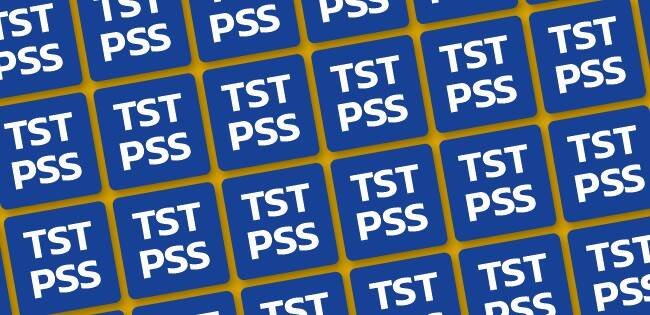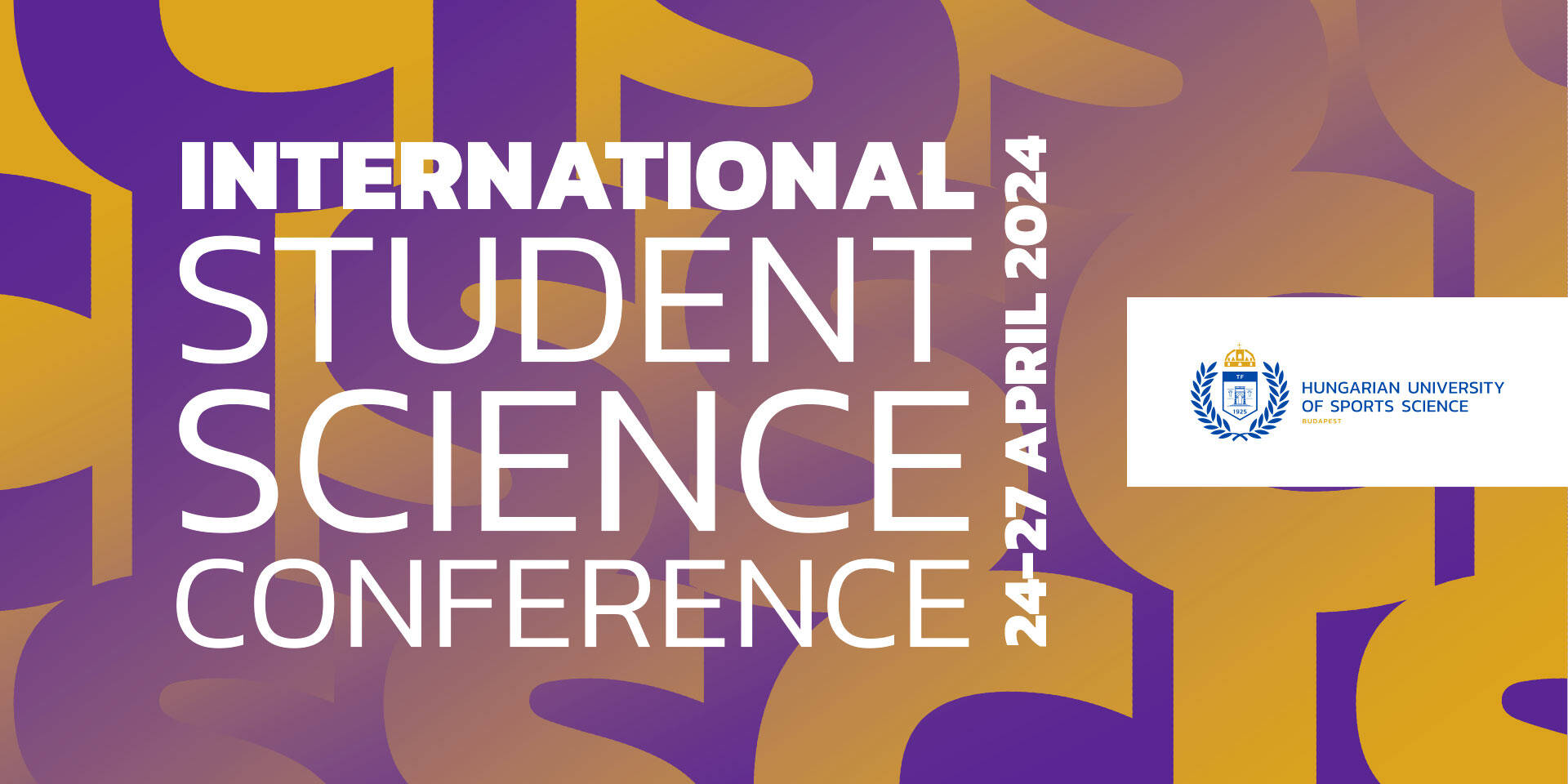The purpose of TST/PSS is to publish high standard articles in the Hungarian and English languages, in the field of basic sport sciences, and those related to the applied research of sports professionals. The journal promotes the publication of original research articles, review articles and book reviews, and provides a forum for the abstracts of scientific conferences organised at the University of Physical Education, Budapest, Hungary. Original and review articles will go through a peer-review process (independent, double-blind reviews); book reviews are to be published by invited authors.
General formal requirements
Manuscripts should be submitted in Garamond font, size 11 (or Times New Roman if Garamond is unavailable), with simple line spacing. The title should be clear, informative and attention-catching, with a maximum of twenty words. After this, a Hungarian and an English abstract should follow (foreign authors can have their English abstract translated by the editorial staff). Manuscripts should be prepared unformatted; formatting of the text is done by the editorial staff. Manuscripts should be sent in MS Word and PDF format as well. Language proofreading is recommended, but will also be done by the editorial staff.
Abstract
The maximum limit of the abstract in Hungarian and English is 250 words each, with no paragraph divisions and no highlighting. Since abstracts can be included in international data bases, their careful preparation is of crucial importance. Authors should complement their abstracts with 4-6 keywords in both languages, considering the use of words which are different from those in the title.
Structure
In the case of longer articles, it is recommended to divide them into chapters and subchapters. Titles of chapters should appear in bold letters; those of the sub-chapters should appear in italics. It is more reader-friendly if the text is divided into paragraphs. The paragraphs should generally contain multiple sentences and not be longer than one typed page. Paragraphs do not need to be separated by extra spacing.
Tables
Tables should use Arabic numbers. Each table must have a title (with bold letters), displayed at the top of the table. In the text, tables should be referred to by their numbers. Owing to the potential changes made during the page-setting process, the use of words indicating directions (e.g. following, previous, above, below, etc.) should be avoided. Tables should be accompanied with a legend, comprehensive, and understandable independent of the text. Tables with more complex or less informative data can be supplemented with notes. The layout of the journal must be taken into consideration when preparing the tables (maximum width: 157 mm).
Figures
Arabic numbers should be used in the figures as well. Each figure must have a title (with bold letters) displayed below the figure, not included in the drawing. In the text, figures should be referred to by their numbers. Figures should be labelled and accompanied with a legend, comprehensive, and understandable independent of the text. The Editorial Board of TST/PSS only accepts figures of high quality. The layout of the journal must be taken into consideration during the preparation of the figures (maximum width: 157 mm). Figures should be sent (1) in the text, in their appropriate place as considered by the author, and (2) in separate files as well. Files should be sent in vector format so that the size can be altered without a reduction in quality. If only image format (JPG, PNG) is available, it should be 300 DPI in the planned size of the figure. If DPI checking is not possible, then pixel size can be calculated based on the following formula: P/300*25.4 (where P is the size of the picture in pixels)– this allows a determination of what maximum size the digital content available can take up in the publication. For example, if we have a picture with a width of 2,000 pixels, it can be maximum 2000/300*2.54=169.33 mm wide in printing. Any size alteration will reduce quality (this is why the vector format is more practical).
The legal use of previously published figures is the responsibility of the author. Regarding this, simply referring to the source may not be sufficient. Any online or offline (printed) figures are protected by copyright, unless the owner disclaims otherwise. Therefore, in the case of figures from other sources, we ask the author to attach their written consent regarding re-publishing.
Footnotes
Footnotes are mainly for remarks related to the text. The length of one footnote should not exceed five typed lines. Minimizing the number and length of the footnotes and including remarks in the main text is advised. Footnotes should be used where the continuity of the main text would otherwise be broken. Footnotes can be used for citing unpublished materials, documents from archives, and other notes. In print, footnotes will appear on the page in which the reference is made.
References
In the text, references should follow APA style (6th dition). Names of authors should be displayed in italics. The list of references is to be placed at the end of the manuscript in alphabetical order with the name of the first author, also in accordance with APA 6th edition guidelines. Publications of the same author must be put in chronological order. Every reference in the text must appear in the list of references, and vice versa. In special cases, the author can provide additional recommended readings. The DOI number of articles should be included all references.
Acknowledgements, conflicts of interest
The author can publicly express gratitude, referring to the origin of the study, the research topic, individual or institutional assistance, funding, etc. Acknowledgements should be placed between the text and the reference list. Any conflicts of interest, whether explicit or implicit, must be indicated by the author.
Author’s address
The (first) author should provide affiliation (institute, faculty, department), address, telephone number and email address to be published so can be contacted.






